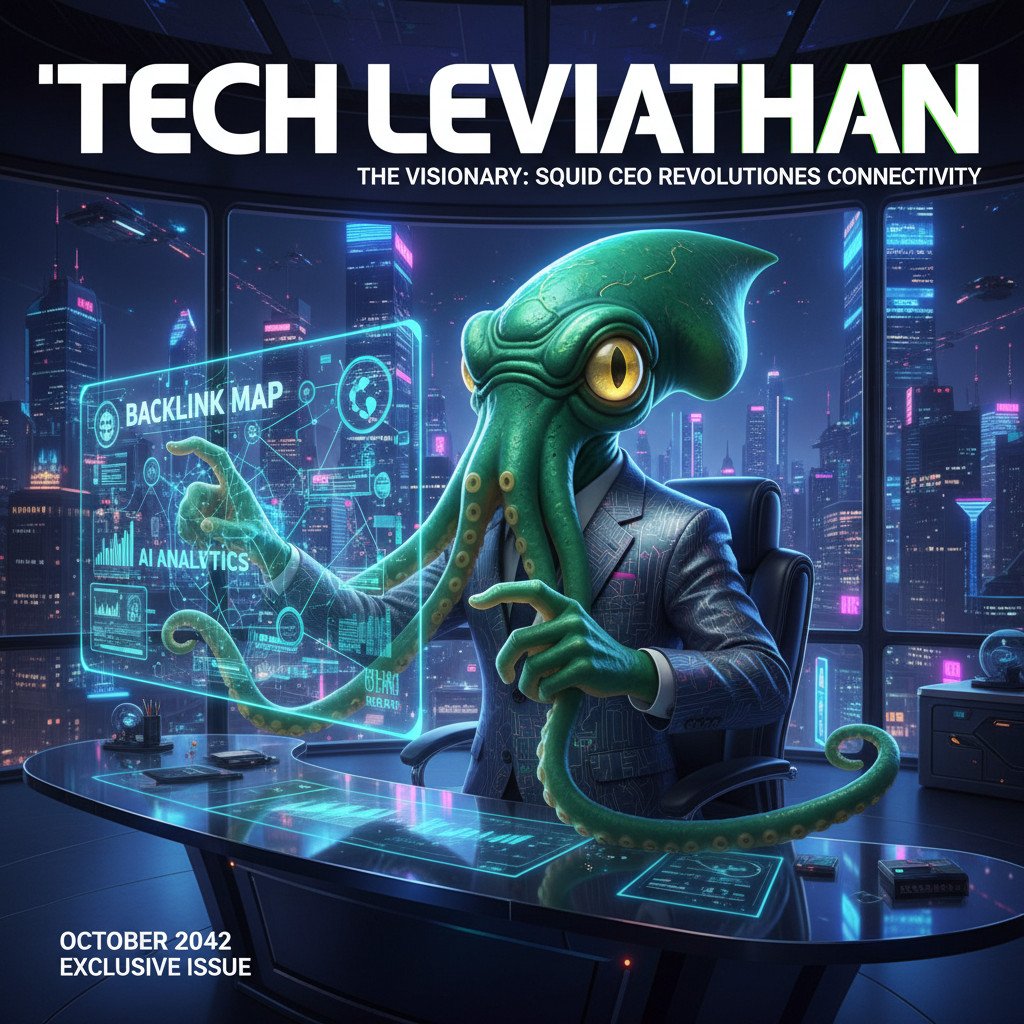AI-powered link strategies for SEO are transforming how brands win visibility online. These approaches combine machine learning, automation, and data-driven insights to target top backlinks. Because search engines reward relevance and authority, smart linking now matters more than ever. Moreover, AI tools analyse large datasets quickly and reveal high-value opportunities for outreach. They also predict which links will move rankings based on historical and trend data. As a result, teams allocate budgets smarter and focus on high-impact placements. NLP adds context to content and improves relevance for both users and crawlers. However, automation does not replace strategy; it enhances outreach, relationship management, and reporting. In practice, teams can monitor campaigns in real time and pivot quickly when needed. This introduction previews practical tactics and tools that scale link building with precision. Read on to learn actionable methods for applying AI in link strategies and SEO growth. Expect faster insights and measurable ROI.
AI-powered link strategies for SEO
AI changes link building from guesswork into a measurable process. Because machine learning handles vast data sets, teams spot relevant partners faster. Moreover, predictive models help prioritise efforts that actually move rankings. Below are practical AI driven techniques and short examples you can apply today.
-
Automated link prospecting
- Use AI crawlers to scan niche sites and social channels for linking opportunities. For example, platforms can score prospects by topical fit and traffic. As a result, outreach lists become shorter and more effective.
-
Link quality analysis using machine learning
- Train models on historical backlink performance to predict future value. Then use those scores to reject low value placements and focus on high authority pages. For deeper theory see this note on AI value drivers.
-
Predictive link building outcomes
- Leverage past campaign data to forecast ranking impact. Therefore you can allocate budgets to the highest expected ROI links. This shifts teams from reactive work to proactive strategy.
-
NLP for contextual anchor and content fit
- Use natural language processing to craft content that earns relevant links. Because NLP understands context, it suggests anchors that feel natural and search friendly.
-
Automated outreach and relationship management
- AI sequences personalise messages at scale while tracking replies. For case studies on combating traffic shifts, see case studies.
-
Real time analytics and pivoting
- Monitor link performance live and reroute resources quickly. For growth ideas that tie into acquisition moves, review acquisition ideas.
Finally, pair these techniques with solid SEO fundamentals. For guidelines, consult the Google SEO starter guide. By combining automation, ML scoring, and prediction, you scale link building with precision and measurable outcomes.

Traditional vs AI-powered link strategies for SEO
| Category | Traditional link building | AI-powered link strategies for SEO |
|---|---|---|
| Efficiency | Manual research and outreach, time consuming | Automated prospecting and outreach, fast and repeatable |
| Accuracy | Relies on human judgment, prone to bias | Machine learning scoring ranks relevance and authority |
| Scalability | Limited by human resources and time | Scales with automation and cloud processing |
| Cost | Lower tech spend but higher labor costs | Higher tool cost but lower ongoing labor, improved ROI |
| Outcome Prediction | Hard to forecast, mostly reactive | Predictive models forecast impact and expected ROI |
- Example: AI finds niche blogs that drove 40% more referral traffic in tests. Therefore teams focus on what moves the needle.
- Tip: Use ML scoring plus human outreach to balance scale and nuance. Because humans still add relationship context, this combo works best.
- Actionable next step: Pilot an AI prospecting tool on a small campaign, measure link quality, and compare results to manual outreach.
Benefits and challenges of AI-powered link strategies for SEO
AI-powered link strategies for SEO deliver measurable gains across campaigns. Because AI automates repetitive tasks, teams regain time for strategic work. Moreover, predictive analytics helps marketers prioritise high value link targets and budgets.
Key benefits
- Increased efficiency
- Automated prospecting and outreach cut research time dramatically. As a result, campaigns launch faster and scale without proportional staff increases.
- Better targeting and accuracy
- Machine learning scores sites by topical relevance and authority. Therefore outreach focuses on prospects likely to earn referral traffic and ranking boosts.
- Predictive analytics and ROI forecasting
- AI models forecast which links will most impact rankings. For context on SEO shifts and tools, see Search Engine Land.
- Scalability and consistent processes
- Automation repeats proven outreach sequences reliably. Consequently teams maintain quality while increasing volume.
- Smarter content fit with NLP
- Natural language processing helps craft contextually relevant anchors and content. Because NLP understands semantics, it improves link relevance.
Main challenges
- Dependency on data accuracy
- Garbage in yields garbage out, so model inputs must stay clean. Otherwise predictions mislead strategy.
- Bias and signal noise
- Historical bias can favour already powerful domains. Therefore smaller sites may be undervalued unless models are tuned.
- Ethical and spam risks
- Automated outreach can cross lines if unchecked. As a result, teams must enforce quality controls and consent.
- Cost and vendor lock in
- AI tools add subscription costs and integration work. However, the long term ROI often justifies the investment.
- Need for human oversight
- AI augments, not replaces, relationship building. Therefore expert review remains essential to maintain trust and context.
Pair these benefits and challenges with core SEO fundamentals. For basic SEO guidance, consult Google’s SEO Starter Guide.
Conclusion
AI-powered link strategies for SEO are now a core growth lever for modern marketers. Because these systems combine machine learning, NLP, and automation, teams find better link opportunities faster. Moreover, predictive analytics lets marketers forecast which links will deliver the best ROI. As a result, campaigns become more targeted and efficient.
EMP0 helps businesses apply these advances in practice. Their brand trained AI worker capabilities personalise outreach and learn from your data. In addition, tools like Content Engine and Marketing Funnel automate content creation and conversion paths. Therefore EMP0 clients scale link building while preserving relationship quality.
If you want to explore implementation, EMP0 offers resources and hands on solutions. Visit their website at EMP0 and their blog at case studies. Also connect with their automation creator page at integration details.
In short, AI powered link strategies for SEO increase speed, accuracy, and predictability. However, they require good data and human oversight. Finally, adopt these tools now to gain a long term edge in organic search and growth.
Frequently Asked Questions (FAQs)
How does AI impact SEO link building?
AI-powered link strategies for SEO automate prospecting and scoring. Machine learning ranks backlinks by relevance and authority. Natural language processing improves anchor text and content fit. As a result, teams discover higher quality link opportunities faster and with less manual work.
What are the cost implications of using AI tools?
Upfront costs rise for subscriptions and integrations. However, automation reduces ongoing labor and improves ROI. Therefore start with a small pilot to measure savings before scaling your investment.
Are there ethical concerns or spam risks?
Yes, automated outreach can become spammy if left unchecked. So enforce consent, quality controls, and manual review. Also follow webmaster guidelines to avoid penalties and protect brand reputation.
How do I integrate AI with existing link strategies?
Use ML scoring to prioritise targets, then blend automated outreach with human relationship management. Sync tools with your CMS and CRM for smooth workflows. Finally run A/B tests to validate approaches.
What outcomes should I expect and when?
Expect faster prospecting and better targeting within weeks. Ranking lifts and referral traffic typically appear in two to six months. Use real time analytics to track progress and refine tactics.

